By Antonia Maioni
Antonia Maioni presents preliminary results from an analysis of public opinion and the media in health care reform, work she has undertaken with Stuart Soroka from the Department of Political Science at McGill University. —Report from a presentation at the 2008 conference of the MUHC-ISAI
Health care trumps every other issue in terms of what Canadians are concerned about. It is important from a personal point of view, but is also a “politically salient” issue, and has been for a very long time (Figure 1).
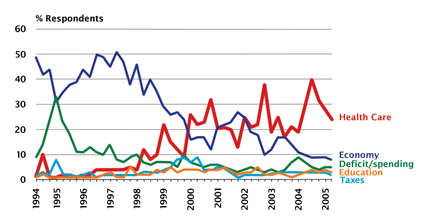
Figure 1. The importance of health care
In your opinion, what is the single most important problem facing Canada today? Source: CRIC, as reported in Portraits of Canada, 2005 (N=~1000/survey)
In the past decade, health care’s importance has been reflected in the tremendous number of commissions, consultations and reports generated to address problems in the system (see my article “A Decade of Commissions“). We have had at least four major federal health care reports, and practically every province has produced one as well. We have had major changes in funding agreements between the federal and provincial governments: the 2000 Health Accord, the 2003 Health Care Renewal, and the 2004 10-year Plan to Strengthen Health Care. All of these aimed to inject more federal money into the system after years of disinvestment in the late 1990s. We have also had two landmark court decisions, the Chaoulli v Quebec Supreme Court decision, and Aton v British Columbia, both of which were litigations based on activism.
Crise du jour
Commissions, court cases, new laws and accords all imply that there are problems to be addressed in the health care system. And while there is still no consensus on the problems facing the Canadian health care system, the mentality of “crise du jour’ is ever-present in our debates about health care reform. The even greater lack of consensus about possible solutions makes innovation in health care reform difficult. Should we have more public money in the system? More private investment? Should we have more public-private partnerships? More private delivery? Should we expand or retrench the Medicare basket? Public opinion can tell us a lot about what is and is not possible in health care reform.
The evolution of public opinion
When we look at trends over time, we see that Canadians were at the height of their love affair with health care until the mid to late 1990s. Then the money squeeze exposed some of the organizational problems in health care and lack of commitment from political leaders led to a generalized crisis of confidence in the health care system. Confidence has been creeping back up but will likely never return to the levels we saw in the previous decade.
Canadians feel there has been a decrease in the quality of health care. People in the system, whether they are delivering or receiving services, recognize improvements in what is on offer, but the general public thinks quality is decreasing. Canadians are also concerned about access, but again, those at a remove from the system are far more pessimistic than those in closer contact. Statistics Canada data about people using the system shows they are generally satisfied with their ability to access care. What appears to worry the general public is their ability to access care in the future: the sustainability of the system to meet their future needs.
Over the past 10 years, Canadians have become a little more open to the idea of paying for quicker access to health services or to funding structures for some health care services that would make them available to different groups on different terms. Canadians are still split in their support for more private health care.
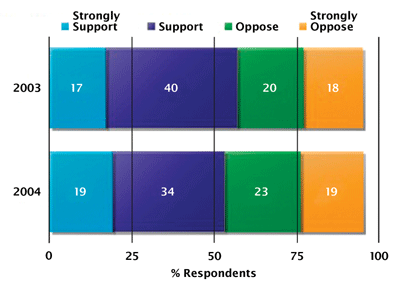
Figure 2. Private clinics
Do you strongly support, support, oppose or strongly oppose allowing the government to be able to contract out the delivery of publicly covered services to private clinics, for instance having medicare pay for knee surgery at a private clinic rather than a public hospital? Source: Pollara, HCIC 2003, 2004 (N=~1000)
In a 2003-04 Pollara survey (Figure 2), a sample of Canadians were asked “Do you support or oppose the contracting out of public services to private clinics?” On the edges there is strong support and strong opposition, and in the middle is the kind of moveable centre unsure of what exactly this would mean for the Canadian system. Certainly, support for private delivery is much higher in 2004 than it would have been had the question even been asked in 1993.
The media and public opinion
Media plays a crucial role in educating citizens and shaping public opinion. It acts as a mirror, reflecting issues that are currently prominent in public debate, but also shapes how people see the contours of those debates. Media impacts not just citizens, but also the politicians who make decisions.
The media devotes substantial coverage to health care issues. The data set used in the charts presented here is based on media coverage of health care in the Globe and Mail, the Toronto Star and the Calgary Herald.
Media pays a lot of attention to health care, with the amount of coverage varying alongside different factors and the election cycle. Even health care commissions receive a fair bit of coverage. The media affects health care debate in three main ways:
1. It frames the issues in health care reform. Figure 3 shows how frequently the word “crisis” is mentioned in relation to health care. Many of the peaks have to do with electoral cycles.
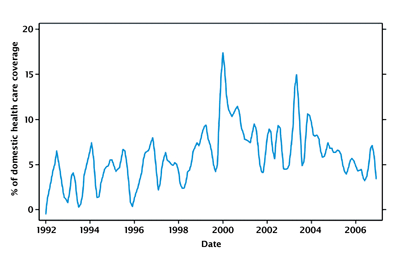
Figure 3. Crisis mentions in health care coverage
Lowess-Smoothed Monthly Totals, based on all health stories in G&M, TS, CH.
2. It helps set reform agendas. There was no mention at all of wait lists in 1992 (Figure 4). From there, it moved up steadily as Canada entered the period of retrenchment in the late 1990s, and simply exploded after the 10-year Plan to Strengthen Health Care in 2004.
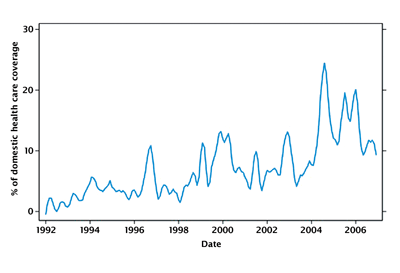
Figure 4. Wait list mentions in health care coverage
Lowess-Smoothed Monthly Totals, based on all health stories in G&M, TS, CH.
3. And the media brings forth policy ideas, such as privatization. Figure 5 presents media mention of privatization since 1992. There is a distinct upward trend, especially after the year 2000.
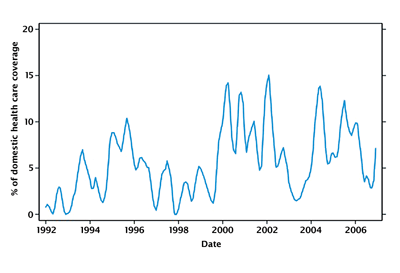
Figure 5. Privatization mentions in health care coverage
Lowess-Smoothed Monthly Totals, based on all health stories in G&M, TS, CH.
Commissioning crisis
Mackenzie King once said “If you have a problem appoint a Royal Commission.” This does not seem to be the case any more, at least in health care. When media mention of crisis is superimposed on media mention of commissions, it becomes apparent that commissions contribute to, rather than alleviate, crisis perception. It is also clear that crisis talk encourages talk about alternative solutions such as privatization. Figure 6 shows a clear relation between the two, with a time lag between mention of crisis and mention of privatization. The media has a role in either reflecting or shaping perceptions of crisis in the health care system, and then provides a conduit through which alternative solutions are presented to the public.
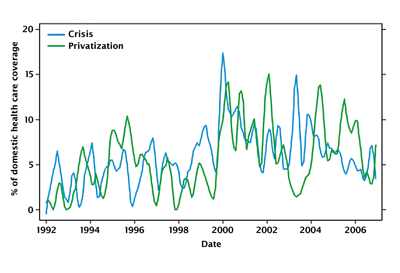
Figure 6. Selected themes in health care coverage
Lowess-Smoothed Monthly Totals, based on all health stories in G&M, TS, CH.
Figure 7 superimposes media mention of crisis, privatization, waiting lists and commissions to give an idea of how the media is involved in the creation — or perception — of some of the problems we face in health care, and in the debate about possible solutions in health care reform.
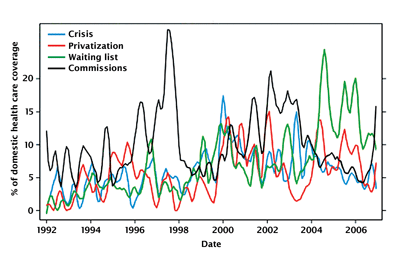
Figure 7. Selected themes in health care coverage
Lowess-Smoothed Monthly Totals, based on all health stories in G&M, TS, CH.
Who’s responsible for this mess?
While the crisis mentality associated with Canadian health care in public opinion polls and media analysis is not entirely well-defined, this does not mean the problems are not real and in need of response. So what is holding us up?
Political football has been used as an apt metaphor for health care reform in Canada for the past 40 to 50 years. And the politics of health care have been, and remain, a key barrier to system adaptation and change. The federal government and the provincial governments are engaged in political gamesmanship over health care, which affects not only what legislation guides health care reforms, but how these reforms are implemented to solve real problems without creating new ones.
One of the questions nobody wants to answer in Canada is who should actually be making decisions about where we go in health care? In political science, that is the most important question, because once you know who decides, then you can ask who gets what, who pays, who profits: the essential questions about redistribution in a modern society. Crucial political questions surrounding jurisdictional roles and responsibilities remain unaddressed.
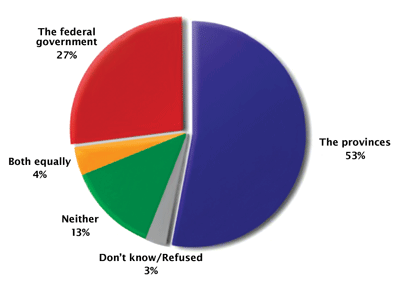
Figure 8. Confidence in federal and provincial governments
Which level of government do you have confidence in to lead changes in the health care system? Source: The Strategic Counsel, for Health Canada, Sept 2004 (N=~2000)
The Canadian public has more confidence in the provinces than in the federal government when it comes to leading the health care system (Figure 8). Canadians understand that provinces are where the heavy lifting gets done and the tough decisions are made; provinces have jurisdictional responsibility. The provincial premiers have been very successful in persuading the public that the federal government is not pulling its weight in health care and is not allowing provinces to innovate in ways they feel will benefit health care. Canadians are much more skeptical about federal leadership in health care reform than they were in the late 1980s, when they really did equate health care in Canada with the Canada Health Act (CHA), a federal statute (Figure 9). Canadians now appear to understand that the CHA does not have magical powers.
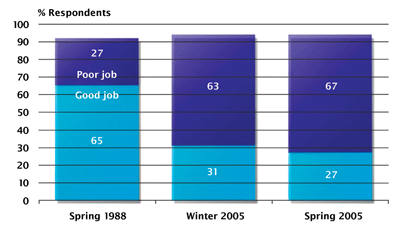
Figure 9. Satisfaction with federal government performance in improving health care Source: Decima surveys (N=~1000/survey)
But while Canadians are confident that their provincial governments should be leading health care reform, and are losing confidence in the federal government, they are also losing confidence in their provincial governments’ ability to improve health care (Figure 10). These are important trends because the drop has occurred just in the past 10 years.
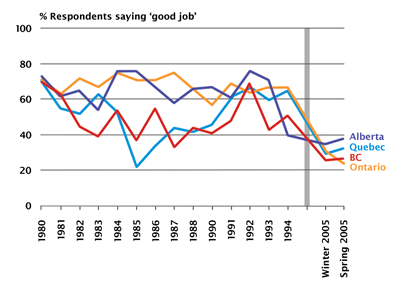
Figure 10. Satisfaction with provincial governments in improving health care
Source: Decima surveys (N=~1000)
Plus ça change…
The healthcare debate is changing. We have a new setting — the Conservative federal government and greater provincial autonomy; new actors, including the Chaoulli decision in Quebec and its successors in Alberta and Ontario; more aggressive participation by interest groups such as the Canadian Medical Association (CMA); and a broadening array of policy alternatives.
The public remains worried about the future of health care, but wary about drastic change that may increase cost and affect access to care. Politicians are still worried about the future sustainability of public health care funding, but are even more worried about a backlash from voters if they do too much about this concern.





